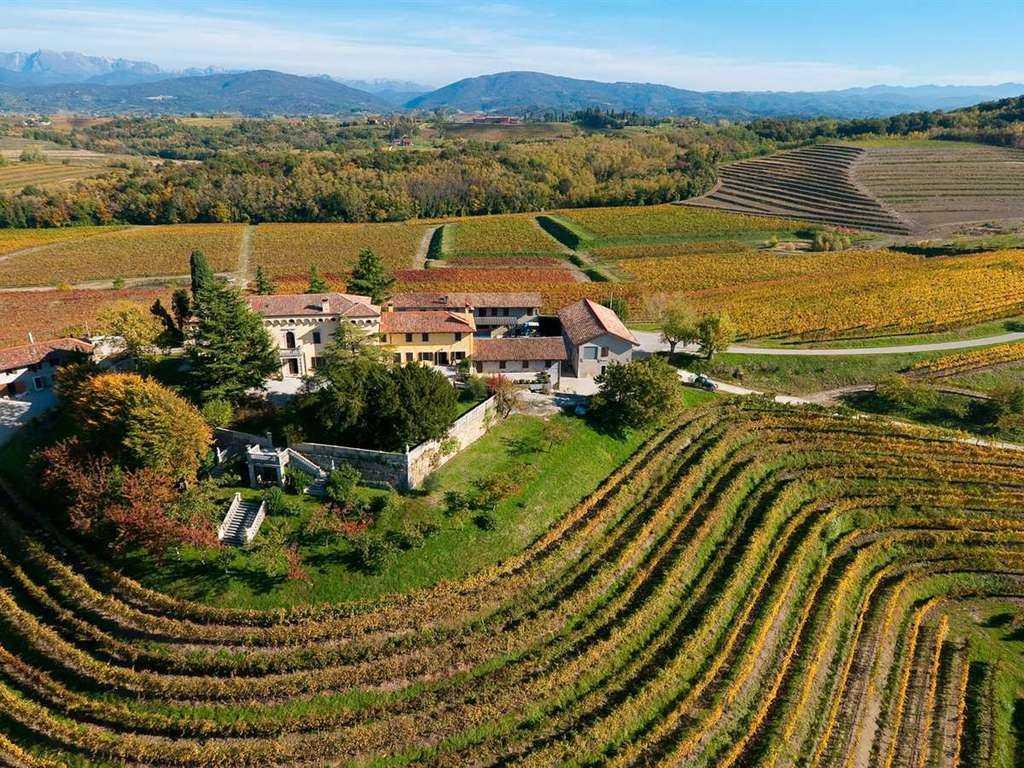The dissolution of the Eastern bloc and the end of the Cold War have led to a rapid multiplication of international borders and the simultaneous (re)activation of old and new forms of circulation. Border studies have emerged as a significant field to assess the magnitude and repercussions of this epochal transformation. Moving away from a state-centric perspective, international borders are not seen anymore as mere lines of demarcation between sovereign entities with discrete territories, but as social processes, producers and products of social representations, discourses and practices. The “small stories” of people living in the vicinity of borders has attracted vivid scholarly attention beyond the “big story” of the construction of the nation-states.
The aim of this research project is to contribute to this debate with a political anthropology of the changing nature of Italy’s northeast borderland, a very contested region and the point of encounter in Europe for speakers of Romance, Slavic and Germanic languages. The project focuses specifically on the region known as Slavia friulana (Province of Udine), where the majority of the population speak Slovenian dialects.
The project will result in a monograph and a documentary film integrating past images and contemporary testimonials to make visible the invisible. It contributes in a novel way to the general field of border studies with an investigation of counter-hegemonic visual representations and paves the way, at the regional level, for a wide‐ranging public discussion including the local populations and the authorities.









